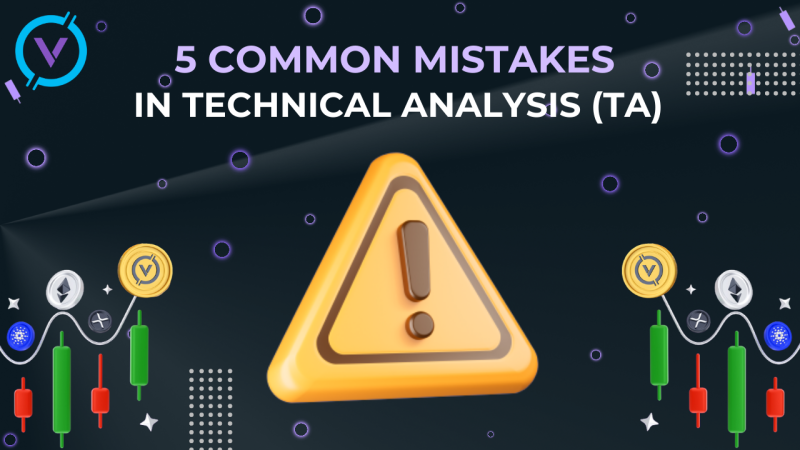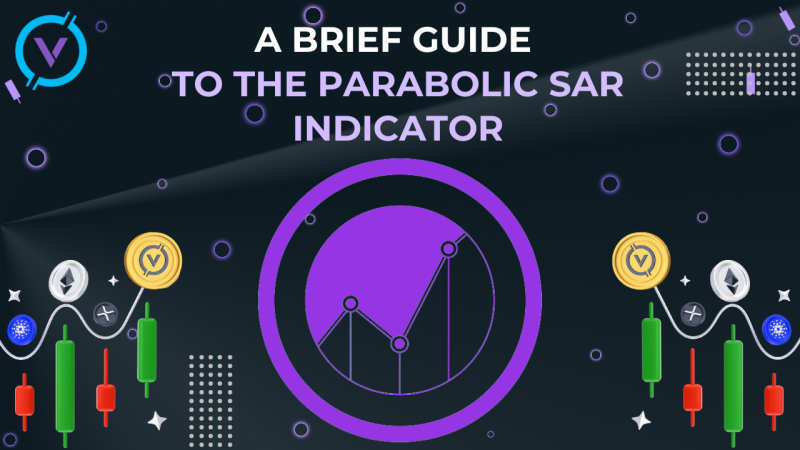Every trader needs accurate forecasting tools. Earnings on the cryptocurrency exchange are no exception: despite the fact that this market has been formed recently, it also needs to be analyzed and conclusions drawn from it.
Every trader has two options: fundamental or technical analysis. We wrote about them earlier in our articles. Technical analysis is the study of the price in the past to predict it in the future using various tools: indicators, graphical figures, etc. It does not answer the question "why has the price changed?", but only shows the most likely price change based on the behavior of the market over the past period.
Starting from the 50-60s of the last century (and in some countries even earlier), traders began to use the Fibonacci correction to understand at what points they need to open and close positions
The Fibonacci sequence and the Golden Ratio
The basis for the indicator was found 9 centuries ago. You've probably heard about the golden ratio principle. So, this is put into the mathematical formula of the indicator and allows you to use Fibonacci numbers in trading.
At the heart of each of the Fibonacci tools is a sequence of the form: 1, 1, 2, 3, 5, 8, 13, 21, 34, 55, 89, 144, 233, 377, 610, 987. Each next number in this chain is equal to the sum of the previous two.
- 0 + 1 = 1
- 1 + 1 = 2
- 2 + 1 = 3
- 3 + 2 = 5
- 5 + 3 = 8
So, if you divide each of the numbers by the previous one, the result will always be equal to 1.618 – the Golden Ratio. For example, 610 divided by 377 will be 1,618 (61,8%).
Test it!
Here are 2 more important ratios:
- The ratio of 38.2% is obtained by dividing any number in a row by a number placed two positions to the right: 13/34 = 0.382.
- The ratio of 23.6% is obtained by dividing any number in a row by a number placed three positions to the right: 13/55 = 0.236. Thus, we get the ratios of 61.8%, 38.2% and 23.6%. Then there will be 78.6% and 100%.
Compliance with the principle of the golden ratio is often explained and the mystery of the painting "Mona Lisa". The hypothesis: if you draw a rectangle around the woman's face, the ratio of height to width will just be equal to the ideal proportion.
These ratios play an important role both in nature and in financial markets.
So now, let’s go to the essence of the article.
What is Fibonacci retracement?
Leonardo was trying to find a numerical order to order the chaos in the world around him. In the world of trading, its sequence of numbers helps explain the patterns of price movement. Ultimately, technical analysis and our actions as traders depend on recurring price patterns, patterns and levels.
Fibonacci retracement (or Fib retracement, or it can be even called as Fibonacci lines) is a technical analysis tool. Many traders believe that they can be used to predict the value of stocks or other securities.
Fib retracement can be confidently called the most important graphical support and resistance levels. These correction and expansion values make it possible to analyze any asset, as well as predict the further dynamics of its movement.
How to use Fibonacci retracement
Fibonacci retracement is presented like lines, which are a grid of horizontal levels that are plotted on the chart in one motion. As a rule, the tool is drawn between the maximum and minimum.
When building Fibonacci lines, the binding is carried out to the last obvious trend. From the beginning to the end of the trend, the grid stretches from level 100 (the end of the trend) to level 0 (the beginning of the trend). Thus, the levels located within this range (61.8, 38.3, etc.) become benchmarks for a possible correction, and the levels going after 100 (161.8, 261.8, etc.) become benchmarks for the continuation of the trend.
Speaking about the uptrend: the minimum point will be 1 (or 100%), and the maximum point will be 0 (0%). By drawing Fibonacci lines on an uptrend, traders get an idea of potential support levels that can be tested if the market starts to retrace. That’s why the term is called "retracement".
On the other hand, we have downtrend: here everything is the opposite, and during a downtrend, the minimum point will be 0 (0%), and the maximum point will be 1 (100%). Therefore, the retrace in this case refers to the movement from the bottom up. And if the market moves up, then the Fibonacci lines can give an idea of potential resistance levels if the market starts moving up.
What Fibonacci levels tell traders
Fibonacci levels are often used to confirm entry points or to set stop losses and take profits. It is profitable to sell and buy a cryptocurrency or other asset at any Fibonacci level. They did not have time to reach the level of 0.236 and the rate rushed up – it's okay, you can wait for the level of 0.382, followed by a correction, and buy after it.
Using Fibonacci levels, remember: no trend in any market lasts forever: an uptrend or downtrend will always be followed by a correction. The task of the trader is to guess at what point the turning point will occur, and it is profitable to sell or buy tokens depending on this. Fibonacci levels for decades of trading on exchanges have shown their effectiveness.
Fibonacci extensions
Many people wrongly think that the Fibonacci extension and Fibonacci levels are the same terms. But these are completely different tools and have different goals and methods of construction. Extensions can be used to assess areas of recovery or rebound. Fibonacci extension levels can be considered as potential trading targets.
Pros and cons of Fibonacci levels
The main advantage of Fibonacci levels is their versatility. The theory underlying these tools has been around for more than a hundred years, and it has been actively used for stock market analysis for decades, and more recently for cryptocurrency trading.
In addition, a wide range of its applications plays in favor of the tool. The levels can be used both to open new orders and to find exit points from the market.
The main disadvantage of Fibonacci indicators is the need for preliminary analysis. If other computer indicators just need to be run on the chart, and they are installed automatically and begin to look for signals themselves, then the levels are set manually, and the trader himself decides which points to attach to.
Conclusion
Fib retracement is one of the simplest tools for analyzing trading markets, used by investors for more than half a century. Despite its simplicity, the effectiveness of its application to such a complex asset as cryptocurrencies turned out to be high.
Digital money, like other investment instruments, is also subject to Fibonacci levels. We can hope that in the future this method will help investors achieve good results in trading.


